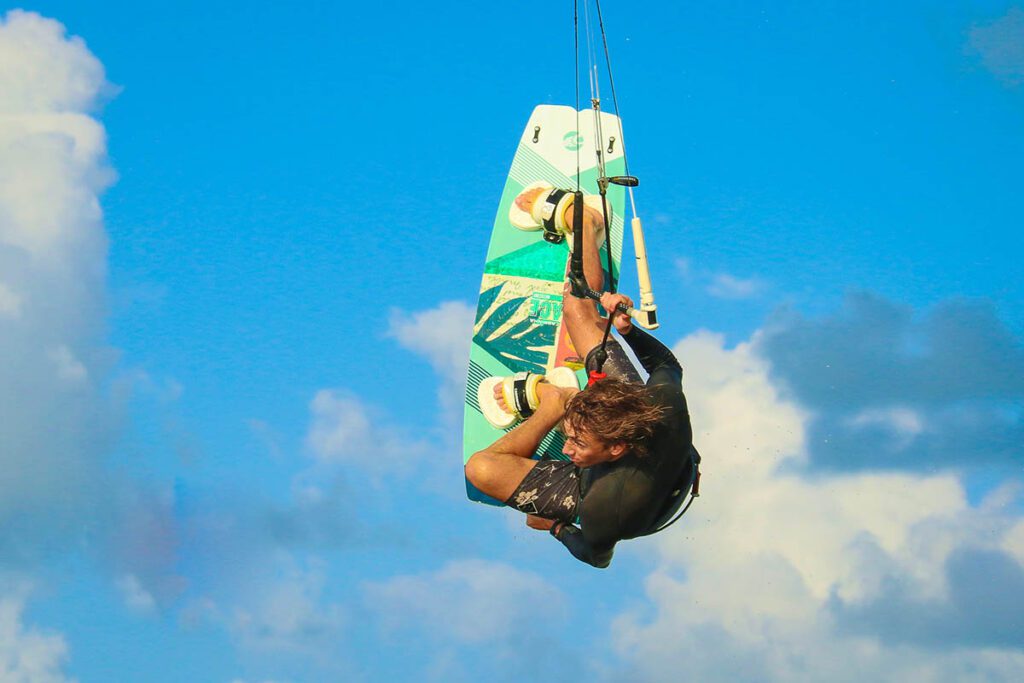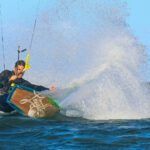
Knos The Kitesurfing Spot and Rules.
Introduction.
Importance of Knowing and Respecting the Rules of the Spot.
Staying Away from Dangerous Areas and Other Kitesurfers if You’re Still Learning.
Basics of Safety and Rescue in Kitesurfing.
Respecting Local Customs.
Conclusion.
Introduction:
Kitesurfing Spot and Rules: This is an exciting and adventurous water sport that requires skill, knowledge, and awareness of the rules and regulations of the spot where you are kitesurfing. In this article, we will discuss the importance of knowing and respecting the rules of the spot, staying away from dangerous areas if you’re still learning, understanding the basics of safety and rescue, and respecting local customs.
Importance of Knowing and Respecting the Rules of the Spot:
Every kitesurfing spot may have its own rules and regulations designed to ensure the safety and enjoyment of all kitesurfers. It’s essential to familiarize yourself with these rules before you hit the water. Some standard rules may include guidelines on launching and landing your kite, right of way, speed limits, and restricted areas. Knowing and respecting these rules will keep you safe and promote a positive kitesurfing experience for everyone on the spot.
Staying Away from Dangerous Areas and Other Kitesurfers if You’re Still Learning:
If you’re a beginner or still learning to kitesurf, it’s essential to stay away from dangerous areas such as crowded beaches, rocks, or areas with strong currents. Maintaining a safe distance from other kitesurfers is also necessary to avoid collisions or entanglements. Always follow your instructor’s instructions, and only attempt to kitesurf in conditions within your skill level.
Basics of Safety and Rescue in Kitesurfing:
Safety should always be a top priority. Understanding and practicing the basics of safety and rescue is crucial, which may include proper kite handling, self-rescue techniques, and emergency signals. Familiarize yourself with the local rescue procedures, and always carry a safety leash and a quick-release system for your kite. Additionally, it’s recommended to wear appropriate safety gear such as a helmet, impact vest, and harness.
Respecting Local Customs:
Kitesurfing spots may be located in different regions or countries, and it’s essential to respect the local customs and traditions. This may include dressing appropriately, following local etiquette, and being mindful of cultural sensitivities. Respecting the local community and environment will help maintain a positive relationship between kitesurfers and the local community and ensure the sustainability of the spot for future generations of kitesurfers to enjoy.
Conclusion:
In conclusion, knowing and respecting the spot rules, staying away from dangerous areas if you’re still learning, understanding the basics of safety and rescue, and respecting local customs are essential for responsible kitesurfing. Following these guidelines, you can ensure a safe and enjoyable kitesurfing experience for yourself and others at any kitesurfing spot.
Always be aware of your surroundings, stay informed about local rules and regulations, and continuously improve your kitesurfing skills. Stay cautious, use proper safety equipment, and be respectful to other kitesurfers and the local community. Being a responsible kitesurfer can help protect the environment, promote safety, and preserve the privilege of enjoying this thrilling water sport.
Happy kitesurfing, and stay safe!
Author
Latest entries
 WatersportsOctober 20, 2024Chasing the Wind: Pushing Limits with the Cabrinha Moto X 12 Meters
WatersportsOctober 20, 2024Chasing the Wind: Pushing Limits with the Cabrinha Moto X 12 Meters WatersportsSeptember 16, 2024Cabrinha Moto X: Enjoy the Ride
WatersportsSeptember 16, 2024Cabrinha Moto X: Enjoy the Ride WatersportsMay 19, 2024Cabrinha 2024 Moto XL Review: The Ultimate Lightwind Kite
WatersportsMay 19, 2024Cabrinha 2024 Moto XL Review: The Ultimate Lightwind Kite WatersportsDecember 16, 2023Kiteboarding Travel
WatersportsDecember 16, 2023Kiteboarding Travel




